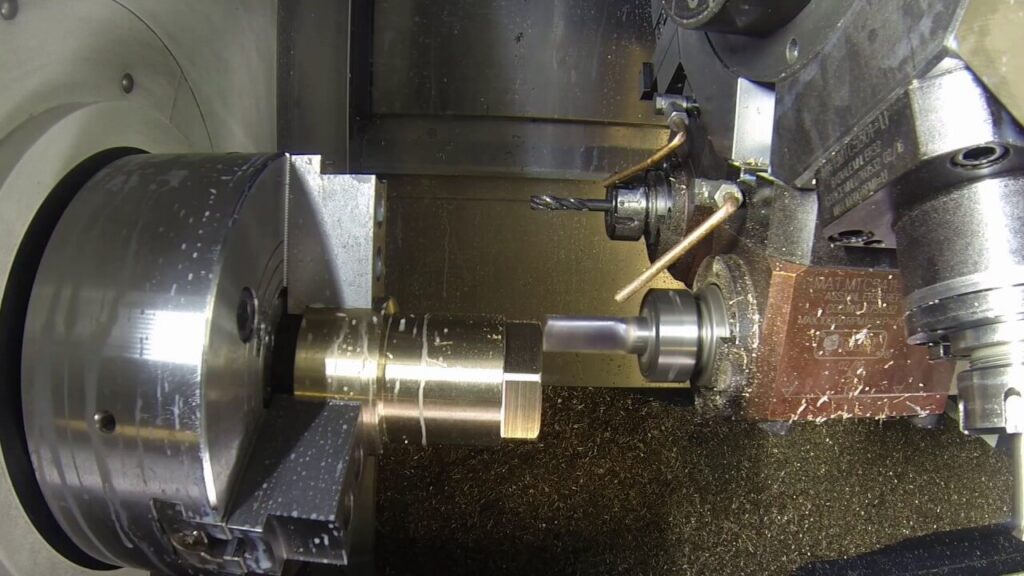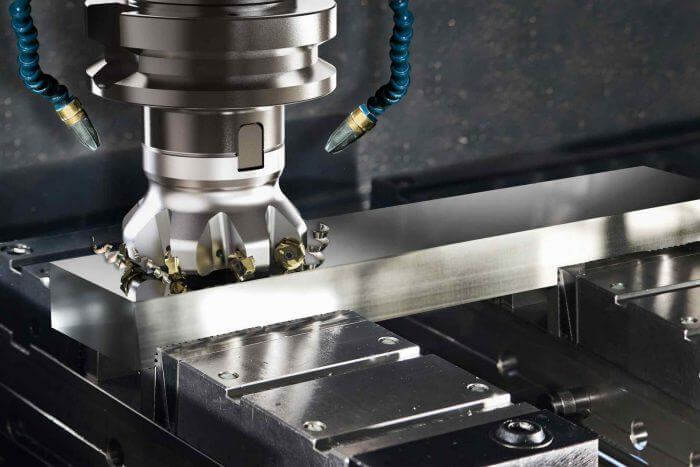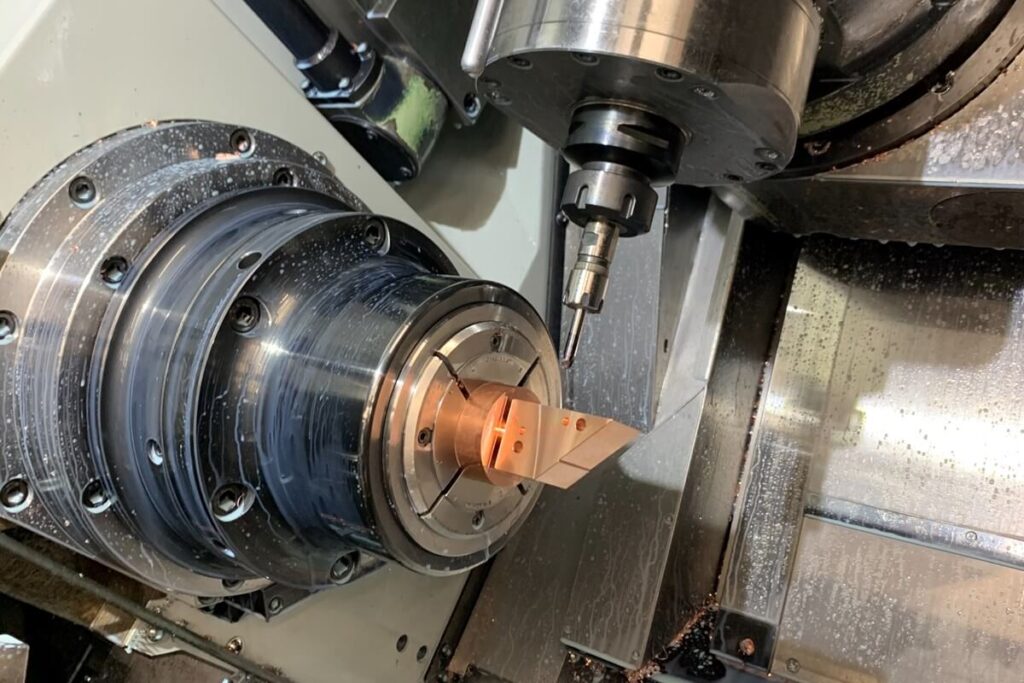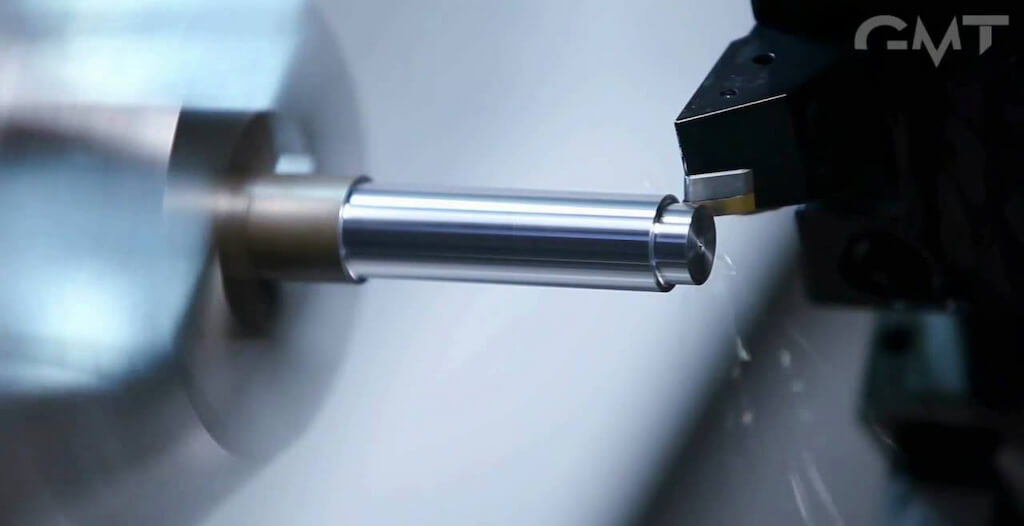Mill-turning: Useful solutions for CNC machined parts
In the world of manufacturing, precision and efficiency are key. CNC machining has revolutionized the industry by allowing for the production of complex parts with high accuracy. One technique that has gained popularity in recent years is mill-turning. This process combines milling and turning operations into a single setup, offering a range of benefits for CNC machined parts.
1.Ability to reduce production time
One of the main advantages of mill-turning is its ability to reduce production time. By combining multiple operations into one setup, manufacturers can save valuable time that would otherwise be spent on transferring parts between different machines. This not only increases productivity but also reduces the risk of errors that can occur during the transfer process.

2.Produce highly complex parts
Furthermore, mill-turning allows for the production of highly complex parts with ease. The combination of milling and turning operations offers greater flexibility in terms of design possibilities. As a result, manufacturers can create complex shapes and features that are difficult or even impossible to achieve through traditional machining methods. This advantage opens up a whole new world of possibilities for industries such as aerospace, automotive and medical, where precision and complexity are critical and even minor deviations can have irreparable consequences.
3.Improved precision
Another benefit of mill-turning is improved accuracy. With the ability to perform both milling and turning operations in a single setup, manufacturers can ensure that all features of a part are aligned correctly. This eliminates the need for additional setups and reduces the risk of errors that can occur when transferring parts between different machines. The result is a higher level of precision and consistency in the final product.

4.Cost savings
Additionally, mill-turning offers cost savings for manufacturers. By combining multiple operations into one setup, manufacturers can reduce the number of machines required for production. This not only saves on equipment costs but also reduces the need for additional floor space. Furthermore, the reduced production time and improved accuracy provided by mill-turning can lead to cost savings in terms of labor and material waste.
5.Improved Efficiency
Moreover, mill-turning provides increased efficiency in the manufacturing process. With the ability to perform multiple operations in a single setup, manufacturers can streamline their production workflow. This reduces the need for manual intervention and allows for continuous machining, resulting in faster turnaround times and increased overall efficiency.

In conclusion, mill-turning offers a range of benefits for CNC machined parts. From reducing production time and improving accuracy to enabling the production of complex parts and providing cost savings, this technique has become a valuable solution in the world of manufacturing. As industries continue to demand higher precision and efficiency, mill-turning is likely to play an increasingly important role in the production of CNC machined parts.
